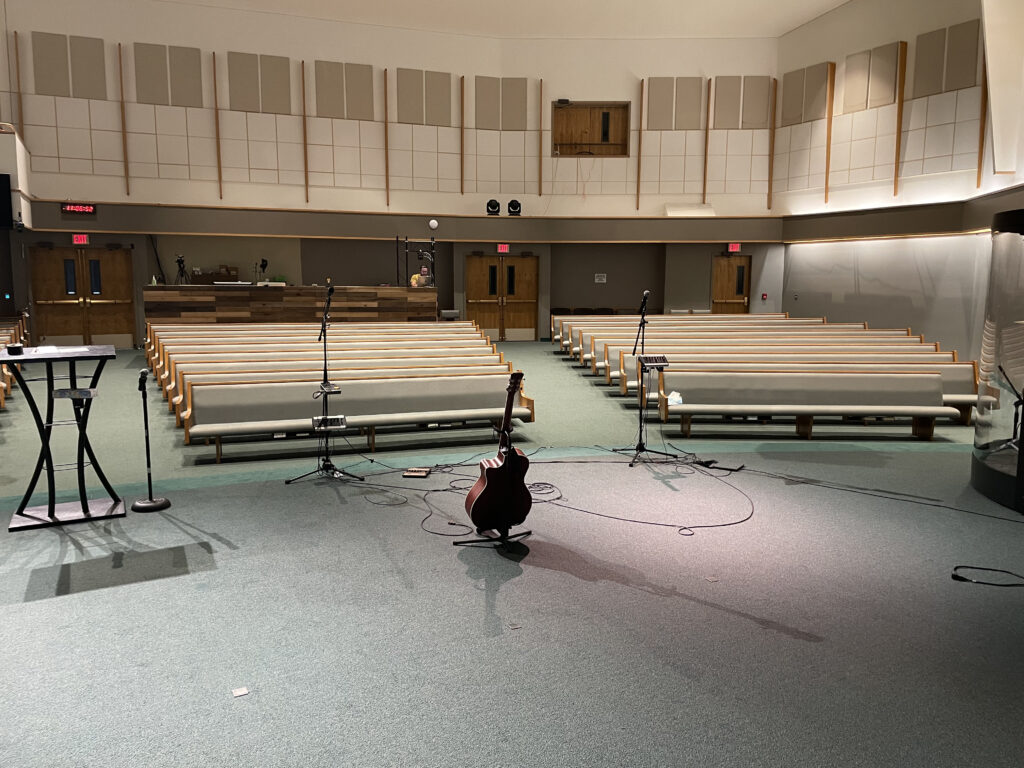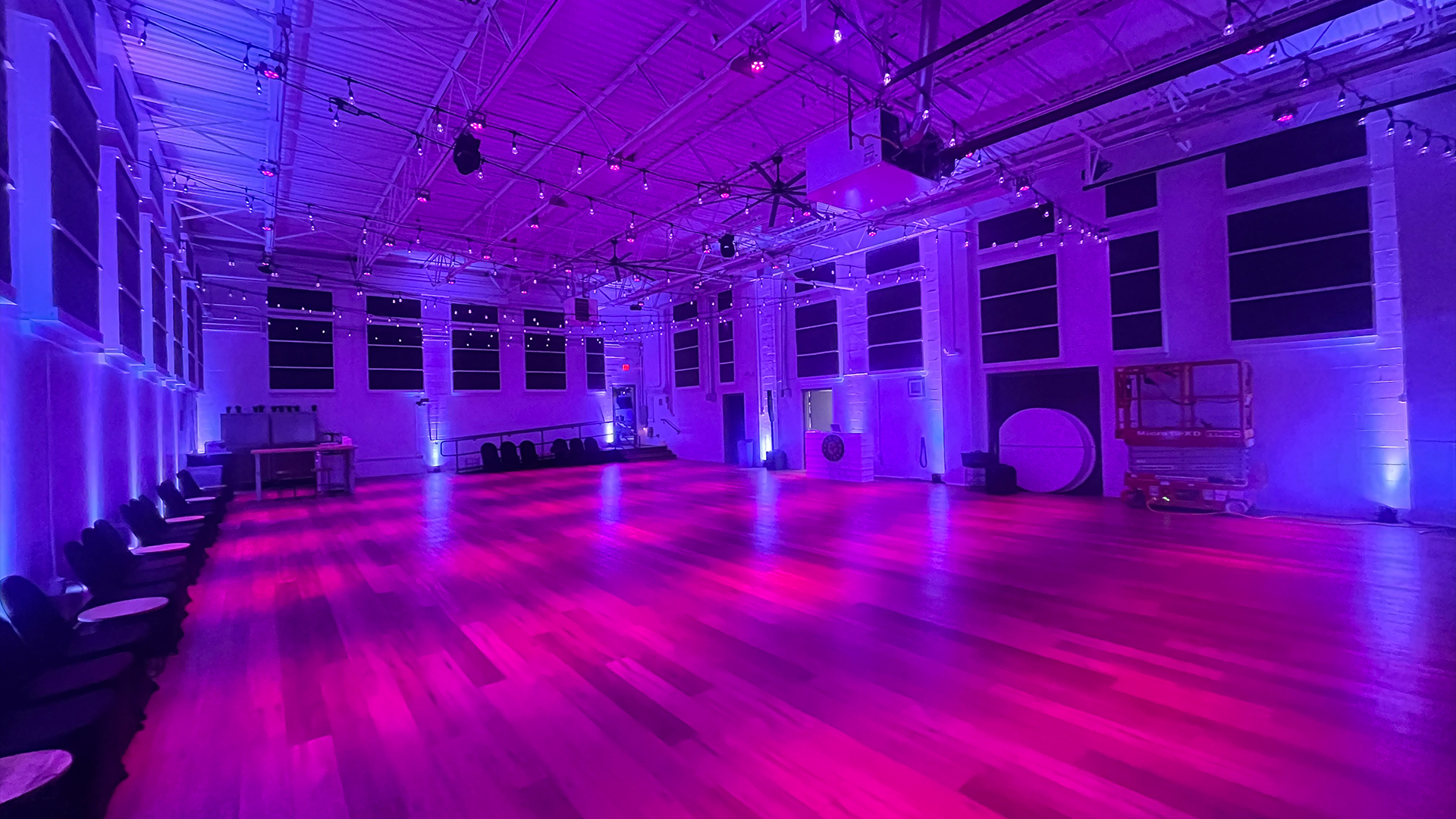
Table of Contents
The Purpose of Acoustic Panels in Gymnasiums
Acoustic panels for gymnasiums have one function. Their function is to absorb energy in order to lower reverberation times within the gymnasium. Reverberation is defined as to how long a sound stays around within a room after it has been sung, spoken, or played. Reverberation is caused by the sound energy striking the walls, floor, and ceiling of the auditorium and bouncing back into the audience.
Any acoustic panels for gymnasium must focus on the proper frequency response in order to absorb enough energy to have an audible impact on the overall reverb times. The frequency range for absorption to occur for the greatest impact on the reverb times is in the 125 – 500 hz. region. Not only is this the critical frequency range for any acoustic panels for gymnasium to occur within, the panel must also absorb at least 75% of the energy within this frequency range.

Key Frequency Range for Effective Reverberation Control
Most acoustic panels for gymnasiums fall short of this requirement. In order to achieve the 75% requirement with the frequency range of 125 – 500 hz., the panel must be at least 6″ deep and in some locations it may need to be 8″ in depth. Most companies in the marketplace do not offer panels in these required thicknesses. You see panels that are 1″, 2″, and some at 3″ deep but none at the required 6 – 8″ depth.
The depth of any acoustic panels for gymnasium determines the amount of energy that will be absorbed. It also determines the frequency range the panel works at. Most companies offer a panel that won’t get the frequency range from 125 – 500 hz. correctly and they will also not absorb enough of the energy within that frequency range.

Common Shortcomings of Gymnasium Acoustic Panels
Another issue is that these acoustic panels for gymnasium do not cover enough surface area in order to have a positive impact on reverb times. In most large room applications, you must cover somewhere in the range of 35 – 65% of each wall surface area. If this amount of surface area coverage will not achieve your objective, you will then have to install panels on the ceiling.
The goal with any reverb management project is to try and resolve the issues by using the four walls. Installing panels overhead on the ceiling is a more difficult task requiring scaffolds and other support structures. The amount of surface area that you must cover within a room depends on the room size and the usages within the room itself.

Importance of Surface Area Coverage in Reverb Management
The room only sees energy. Once that energy is placed within the room, it reflects off of mostly hard surfaces such as metal and glass. Sound takes on the characteristics of the surface area that it strikes. If sound energy strikes metal, you get a harsh brittle metal like sound quality. If the sound energy strikes glass, you get a brittle, biting, sound similar to running your nails across a blackboard.
The objective of any treatment type must be to cover enough surface area and absorb enough energy that the reflections from the room boundary surfaces are minimized. The goal with any sound absorption technology must be to achieve a speech intelligibility index of 80 or higher.

Impact of Room Surface Materials on Sound Quality
A speech intelligibility index of 80 or higher means that people in the audience can hear 8 out of every 10 words that are spoken. Reverberation is distortion and reverb distortion confuses our hearing systems so we can not hear words clearly. All we hear is the sound energy bouncing back and forth throughout the room. This distortion smothers our voices and people can not hear the spoken word. Churches are notorious for having high reverb times and low speech intelligibility indexes.
Without the ability to hear voices, there can be no communication between people. A large room that has a high reverberation time, will drive people away and churches face this problem constantly with falling attendance due to poor room acoustics. At Acoustic Fields, we can assist you with your reverberation along with your treatment requirements to treat any room size and usage.







